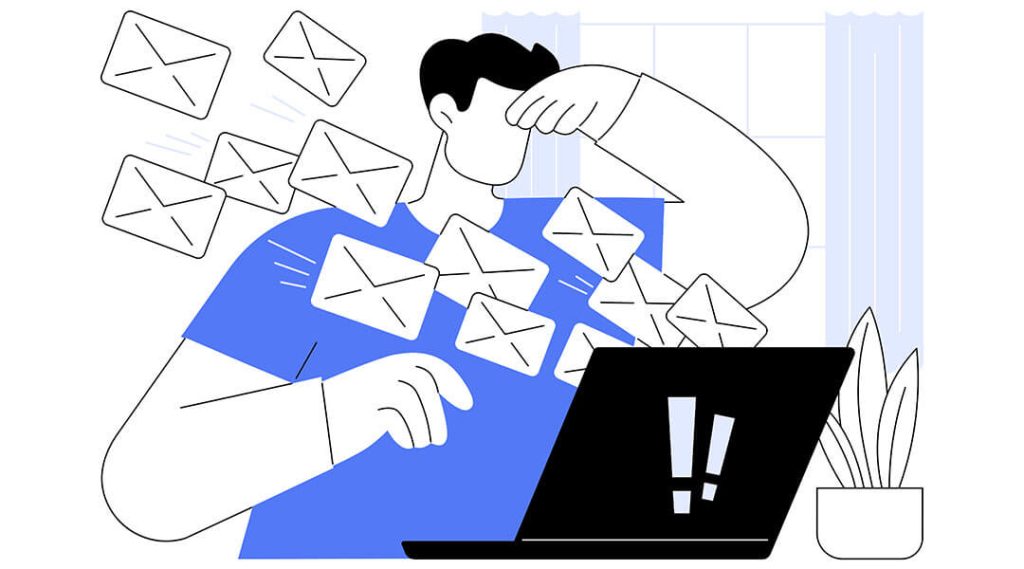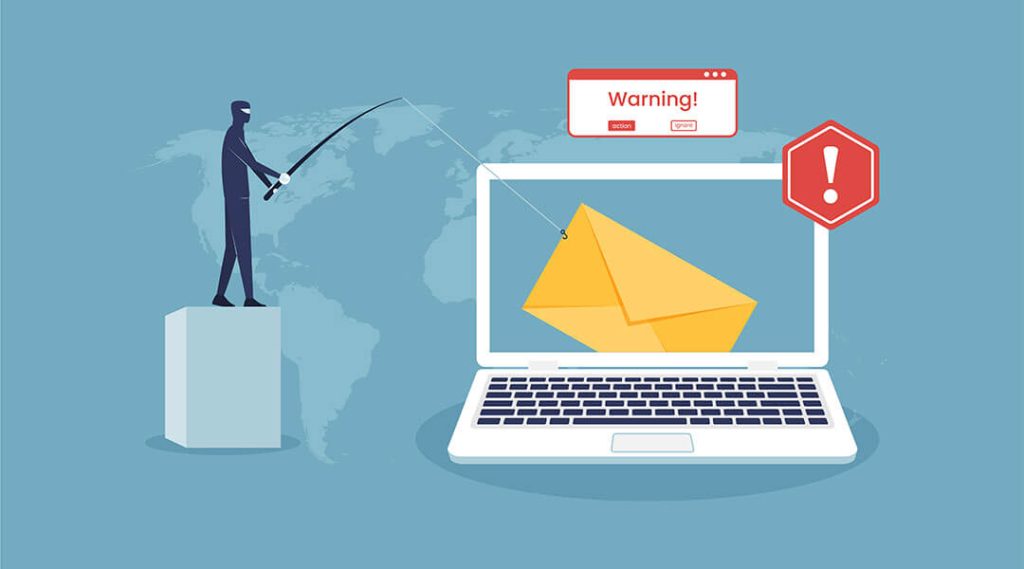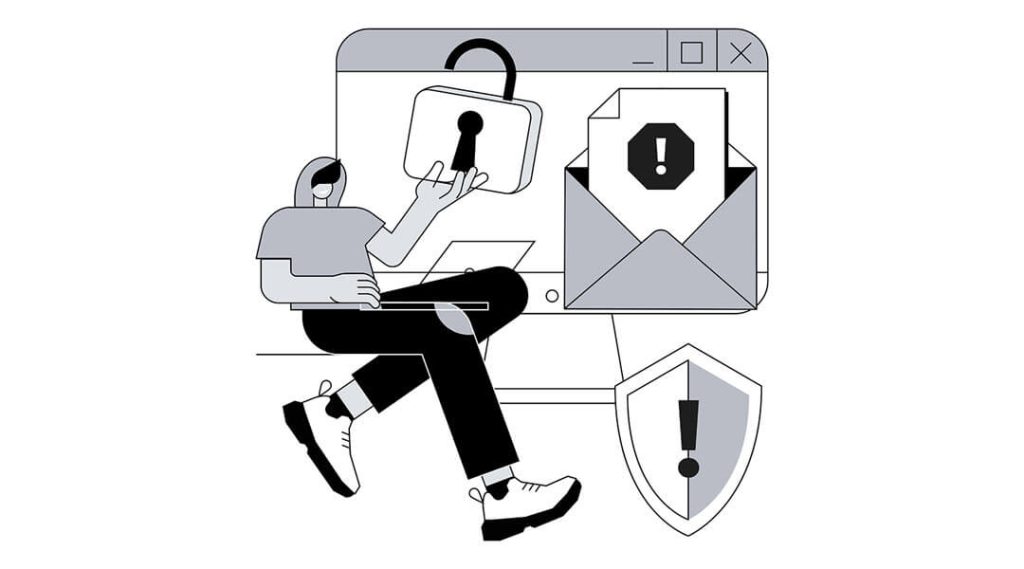The digital world is full of surprises, but unfortunately, not all of them are pleasant. And as email marketers we have a responsibility in this as we don't create strategies based on which we act. We prepare an email campaign, hit send and whoever the hell we want. The result is we send newsletter to users who are not interested.
Spam, or spam and phishing emails, are two of the most common threats we face every day. Let's delve into the world of these annoying and sometimes dangerous messages to learn how to recognize them and protect ourselves.
Spam Emails: no more spam!

Spam emails are mass, automated and unsolicited emails that usually promote products, services, or even political ideas. They're like those annoying commercials that interrupt our favorite TV show. They can be annoying, filling our inbox with useless information, but they rarely pose a direct threat to our security.
- Objective: The main purpose of spam email is advertising, promoting products or services, or attracting traffic to a website.
- Techniques: Spam emails often use clickbait headlines, bold colors and images, and a generally attention-grabbing aesthetic.
- Danger: Although most spam emails are just annoying, some may contain links to malicious websites or attempt to install malware on your device.
Phishing Emails: the digital wolf in the form of a lamb

Phishing emails are a much more insidious and dangerous form of email. They masquerade as messages from trusted sources such as banks, utility companies, government agencies or popular online services. Their goal is to trick you into revealing sensitive information such as passwords, credit card details, social security numbers or other personal data.
- Objective: The main aim of phishing email is to steal personal information for financial gain or to cause harm.
- Techniques: Phishing emails use psychological techniques, exploiting fear, curiosity or a sense of urgency to get you to act without thinking about it.
- Danger: Phishing emails can lead to serious consequences, such as financial fraud, identity theft, or even loss of access to your online accounts.
How to protect yourself from Spam and Phishing Emails

- Be cautious: Don't open emails from unknown senders and don't click on links or attachments that look suspicious.
- Check the sender's address: Make sure the sender's email address is legitimate and that it matches the company or organisation that is supposed to be sending you the message.
- Do not provide personal data via email: Reputable companies will never ask you to send sensitive information via email.
- Use strong passwords and enable two-factor authentication (2FA) where possible.
- Update your software: Make sure your operating system, browser and anti-virus software are up to date with the latest security updates.
- Report suspicious emails: If you receive an email that you think is spam or phishing, report it to your email provider or the relevant authority.
By educating ourselves and taking the necessary precautions, we can protect our personal data and maintain the security of our online accounts.



